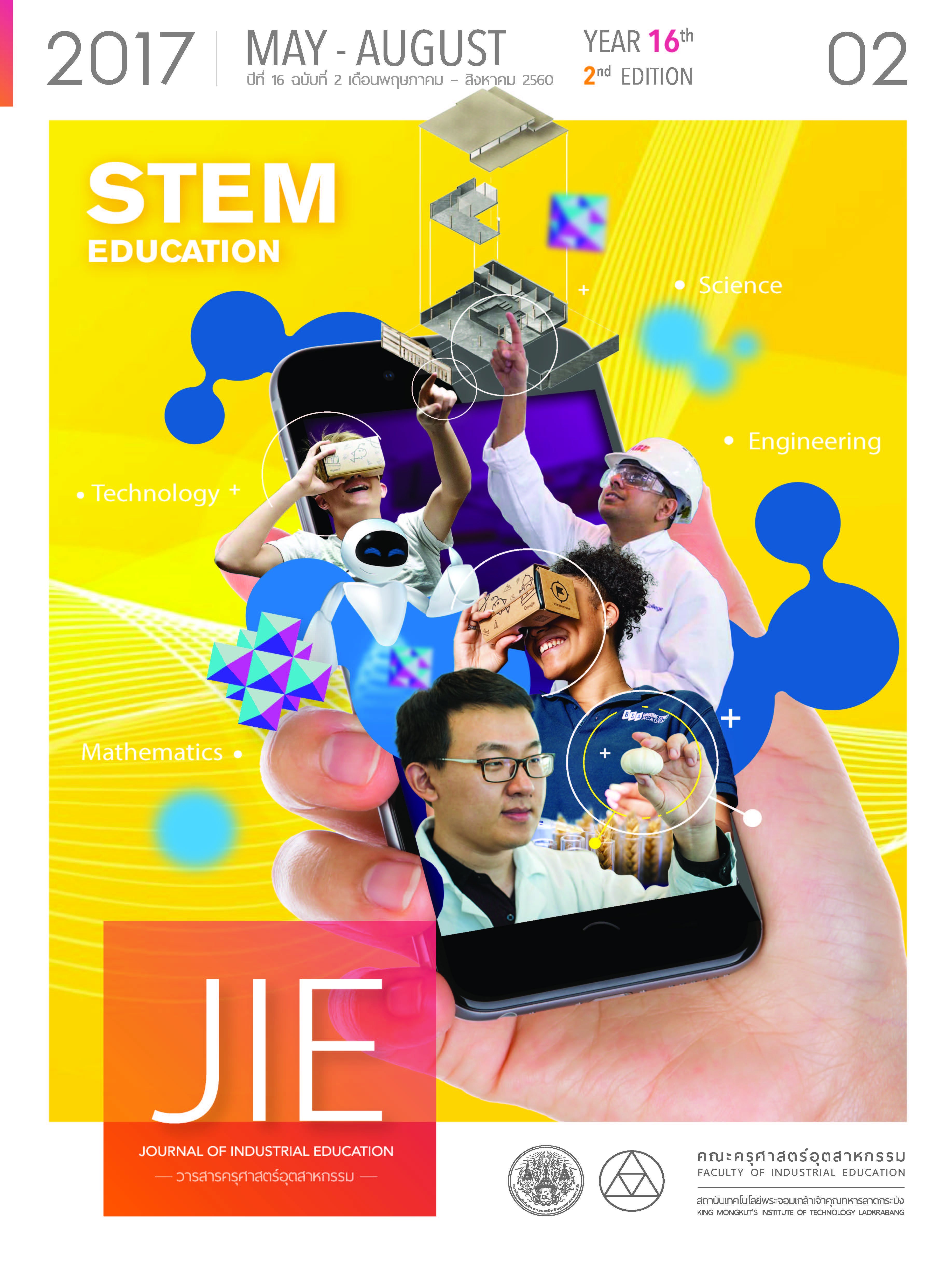DEVELOPMENT OF CAUSAL MODEL OF FACTORS EFFECTING MOTIVATION TO USE HI-SPEED INTERNET
Keywords:
Causal Model, Motivation, Hi-Speed Internet, Structural Equation Model, Marketing mix for customerAbstract
This research aimed to 1) study the factors affecting the motivation to use Hi-Speed Internet and 2) develop the casual model of factors affecting the motivation to use Hi-Speed Internet. The samples in this study were 400 Internet users in Trang province. The sample size was determined by using Taro Yamane’s table. The convenience sampling method was used in this study. The statistics tool used in this study was questionnaire. The statistics parameters used in this study were frequency, mean, standard deviation. The inferential statistics consist of the Structural Equation Model (SEM). The results showed that the customer focused on the marketing mix of Hi-Speed Internet at high level, the trust in service was at highest level and the quality of service was at high level. The structural equation model of the factors affecting the motivation to use Hi-Speed Internet developed in this study had high accuracy and good fit with the empirical data with Chi-square of 90.303, df of 106, sig of 0.862 > 0.05 and CMIN/df. of 0.852 < 5.0 which were acceptable. The marketing mix, quality of service and trust in service of Hi-Speed Internet had direct positive influences on the decision to use Hi-Speed Internet service and could explain
97.00% of structural equation model of the factors affecting the motivation to use Hi-Speed Internet at the statistical significance of 0.05.
References
[2] Pongsak Kongsub. 2009. Factor Affecting The Selection of ADSL Internet Service Providerin Bangkok Area. A Thesis of Master of Science Department of Telecommunications Management Graduate School, Dhurakij Pundit University.
[3] Somboon Theerawisitpong. 2012. Fiber optic communication. Bangkok: Se-Education.
[4] Yamane, T. 1973. Statistic: An Introductory Analysis. 3 rd ed. New York: Harper and Row.
[5] Phusanisa Yoongtong Phadungchai Pupat and Tiwat Maneechote. 2013. Development of Causal Model of Classroom Research Competency of Teachers under The Office of Vocational Education Commission. Journal of Industrial Education, 12(3), pp. 47-54.
[6] Cronbach, Lee J. (1970). Essentials of Psychological Testing. New York: Harper and Row Publishers.
[7] Kotler, P. 2000. Marketing Management. Upper Saddle River NJ: Prentice Hall.
[8] Dietz, G., Hartog, D. & Deanne N. 2006. Measuring trust inside organizations. Personnel Review, 35(5), pp. 557-588
[9] Parasuraman, A., Zeithaml, V. A., & Berry, L. L. 1985, Fall. A Conceptual Model of Service Quality and Its Implications for Future Research. Journal of Marketing, 49, pp. 41 - 50.
[10] Kotler, P. 2003. Marketing management. Thanawan Sangsuwan, et al. Bangkok: Pearson Education Indochina.
[11] Seri Wongmontha. 1999. Marketing Strategy: Marketing Planning Process.Bangkok: Theera Film & Scitex.
[12] Adul Jaturongkul. 2000. Marketing Strategy. Bangkok: Thammasat University.
[13] Siriwan Sareerat, et al. 2001.Principle of Marketing. Bangkok: Theera Film & Scitex.
Downloads
Published
How to Cite
Issue
Section
License
"The opinions and contents including the words in papers are responsibility by the authors."
"ข้อคิดเห็น เนื้อหา รวมทั้งการใช้ภาษาในบทความถือเป็นความรับผิดชอบของผู้เขียน"



